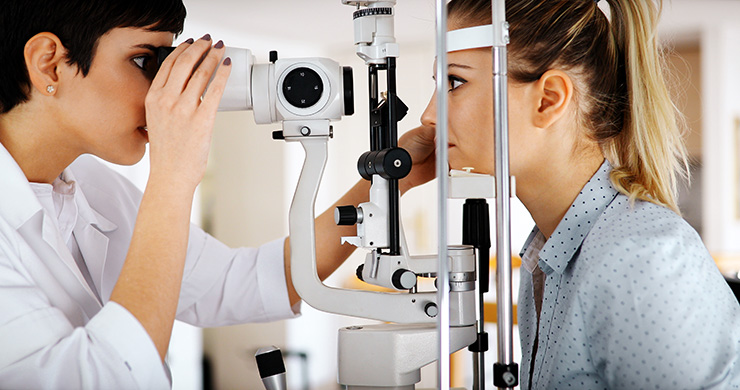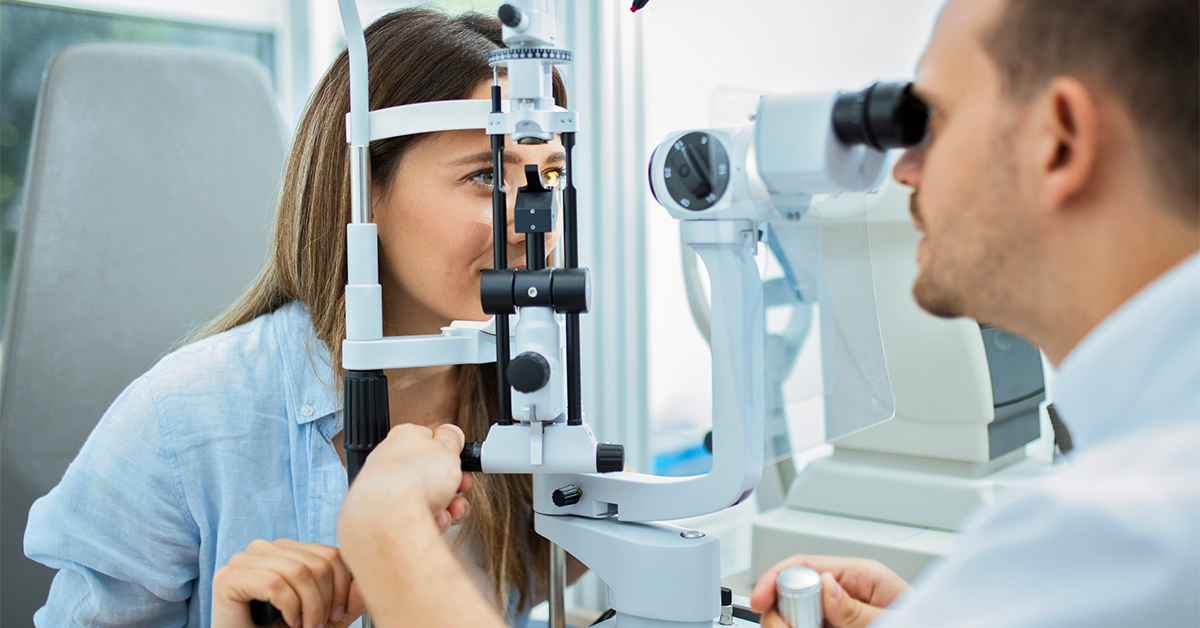Checking Out the current Technological Improvements in Optometry and What They Mean for Optometrists
In the ever-evolving field of optometry, current technological innovations are reshaping just how practitioners come close to eye care. From the precision of Optical Comprehensibility Tomography to the nuanced insights supplied by AI-driven diagnostic tools, these advancements are establishing new standards in person evaluation and treatment. Teleoptometry is poised to redefine access, guaranteeing that competence goes beyond geographical limitations. As these innovations permeate the method, optometrists are faced with the obstacle of welcoming these tools to boost client end results. The inquiry stays: exactly how will these technological shifts redefine the duties and obligations within the profession?
Advancements in Diagnostic Devices
Progressing the field of optometry, developments in diagnostic tools have actually changed the means eye care professionals evaluate and diagnose visual impairments and ocular problems. The past years has actually observed significant technical improvements, making it possible for more accurate and detailed evaluations.
Another secret innovation is the intro of innovative corneal topography systems, which map the surface curvature of the cornea with accuracy. These tools are specifically useful for suitable contact lenses and detecting corneal conditions. Furthermore, digital retinal imaging has actually changed standard ophthalmoscopy, supplying comprehensive, scenic sights of the retina that facilitate complete aesthetic examinations.
The advancement of wavefront aberrometry has actually also been important, allowing the analysis of refractive mistakes with unequaled precision (Optometrist Chino). This technology helps in tailoring rehabilitative lenses and enhancing surgical results for refractive surgical procedures. Jointly, these analysis advancements encourage eye doctors to supply remarkable patient care, guaranteeing early intervention and customized treatment methods, inevitably boosting aesthetic health and wellness results
AI in Patient Management
Structure on the foundation of sophisticated diagnostic devices, the unification of fabricated knowledge (AI) in client administration represents a transformative leap for optometry. AI systems are increasingly used to improve performance, accuracy, and personalization in person care.
Furthermore, AI-driven platforms help with structured client communications and administrative processes. Automated organizing, virtual appointments, and personalized follow-up plans not just boost client contentment however likewise enhance time administration for experts. These systems can triage clients based upon the necessity of their conditions, ensuring that those in essential requirement receive punctual attention.
Furthermore, AI enhances decision-making by supplying optometrists with evidence-based suggestions and therapy paths. By incorporating data from digital wellness documents, AI devices provide insights that inform professional decisions, lowering the risk of mistakes and enhancing client results. As AI continues to progress, its role in patient management will likely increase, reshaping the landscape of optometric care.
Advancements in Retinal Imaging
In the realm of optometry, retinal imaging has actually seen amazing technical innovations that are boosting diagnostic capabilities and person care. Innovations such as Optical Comprehensibility Tomography (OCT) and fundus photography have changed how optometrists envision and analyze the retina.
Improved imaging modalities like OCT angiography are further refining analysis accuracy. Eye Doctor. Such advancements assist in the identification of min retinal adjustments that can indicate condition progression.
Additionally, developments in expert system are enhancing retinal imaging by allowing automatic analysis of huge datasets. These systems aid optometrists in recognizing patterns a measure of pathology, thereby enhancing diagnostic precision and performance. Collectively, these advancements are transforming retinal imaging into a keystone of modern eye care, improving outcomes and increasing healing possibilities.
Teleoptometry's Growing Duty
Teleoptometry is significantly ending up being an important component of eye treatment, driven by developments in digital interaction and analysis tools. This is specifically advantageous in underserved and country areas where access to specialized eye treatment is commonly limited.
The assimilation of fabricated intelligence (AI) more improves teleoptometry, allowing the analysis of aesthetic information and assisting in the discovery of eye problems such as glaucoma and diabetic retinopathy. AI-powered algorithms can swiftly interpret complicated imaging information, supplying optometrists with valuable understandings that bolster scientific decision-making.
Furthermore, teleoptometry supports continuity of care via smooth integration with digital health and wellness documents (EHRs), enabling eye doctors to keep thorough client backgrounds. When consulting with various practitioners., this makes certain that people receive regular and personalized care even.
Despite these advantages, challenges continue to be, including making certain information protection and handling client expectations. Teleoptometry stands for a significant stride in the direction of even more available, effective, and patient-centered eye care. As technology evolves, its duty is poised to increase additionally.

Future Patterns in Eye Care
A myriad of ingenious trends is readied to improve the future of eye care, driven by technical advancements and the developing needs of people. One considerable pattern is the assimilation of synthetic intelligence (AI) in diagnostics, which promises to enhance the precision and performance of eye assessments. AI algorithms can examine vast amounts of data from retinal pictures, potentially finding conditions like diabetic retinopathy and glaucoma earlier than typical approaches.
Furthermore, individualized medicine is acquiring traction in optometry, with hereditary testing informing tailored therapy plans. This strategy aims to enhance person outcomes by customizing treatments to individual genetic profiles. Wearable modern technology, such as smart contact lenses, is additionally imminent, providing real-time tracking of intraocular pressure or glucose levels, therefore giving continual understandings into ocular and systemic health.
The fostering of increased truth (AR) and online fact (VIRTUAL REALITY) in training and individual education and learning is another arising fad. These innovations offer immersive experiences that can enhance understanding and skills both for optometrists and people. As these patterns advance, optometrists must stay abreast of technical advancements to supply cutting-edge treatment, guaranteeing better individual results and satisfaction in the vibrant landscape of eye treatment.
Conclusion

Collectively, these diagnostic improvements encourage optometrists to supply superior patient care, guaranteeing early intervention and customized treatment methods, eventually boosting aesthetic health and wellness results.

As these modern technologies continue to progress, try this website optometrists need to adjust and incorporate them right into practice, inevitably optimizing operations efficiency and boosting the standard of eye care delivered to patients.